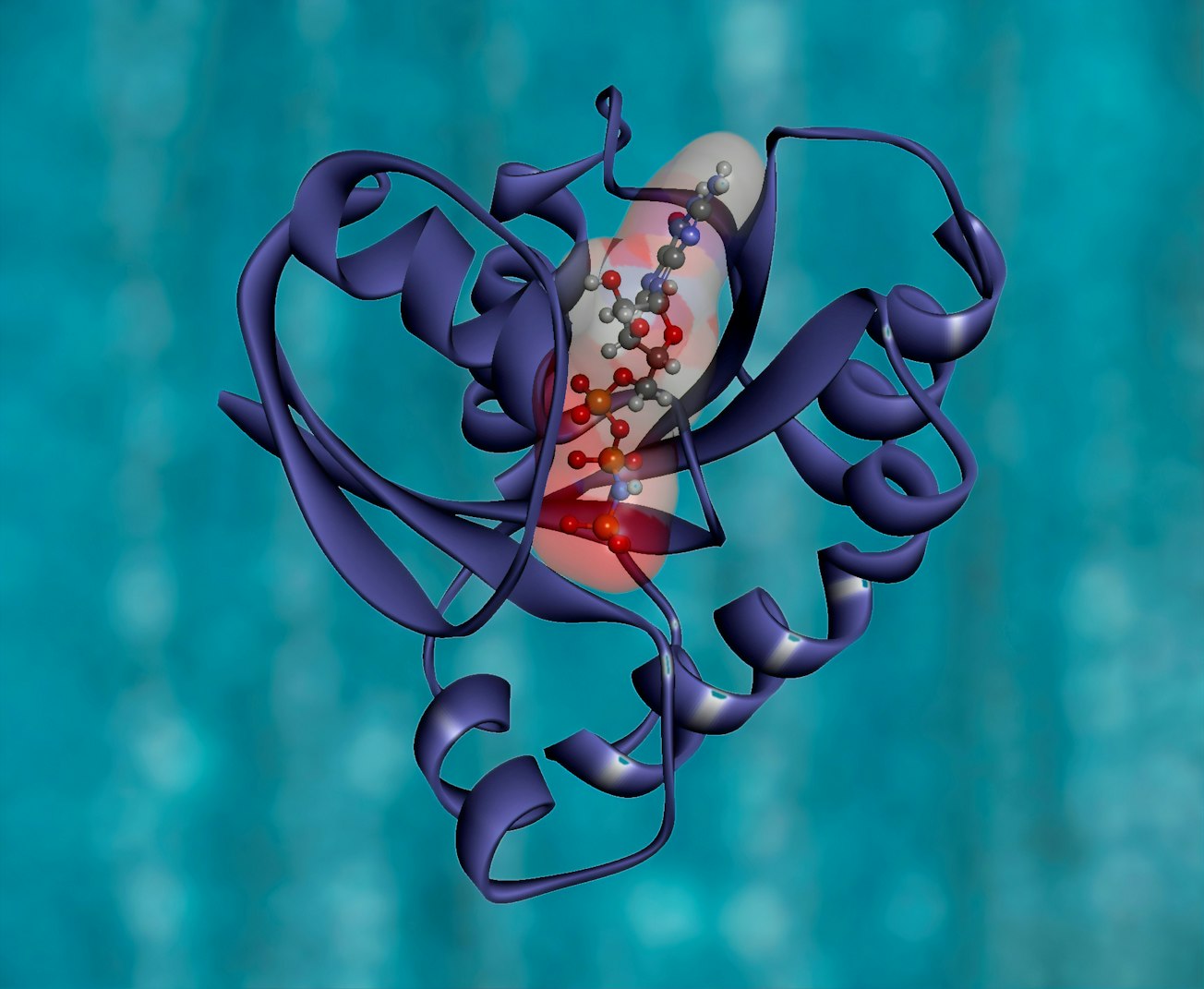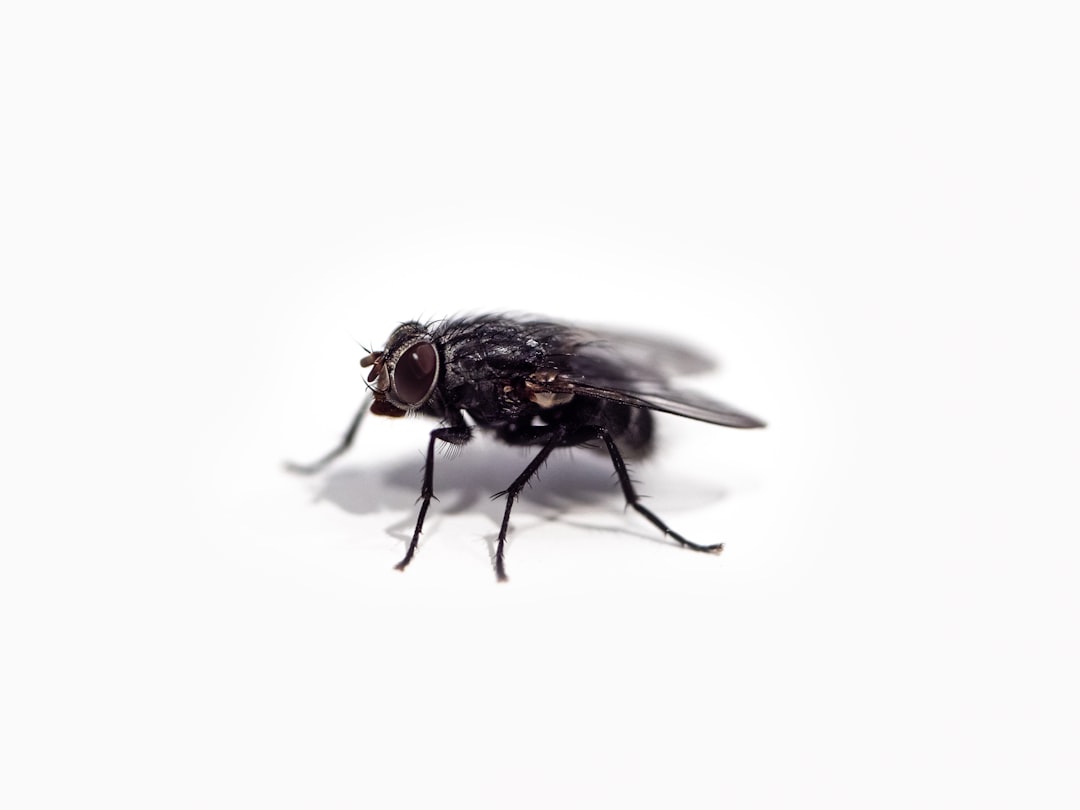What is it about?
The endoplasmic reticulum (ER) serves as the major intracellular calcium store. The release of calcium from this store regulates a variety of cellular functions, hence playing a key role in regulating apoptosis. The TMBIM6 is an evolutionarily conserved multifunctional ER membrane protein that mediates calcium homeostasis to protect against apoptosis and ER stress. Here we study a bacterial homolog of TMBIM6 and report several previously unidentified conformational substates involved in the calcium transport process.
Featured Image

Photo by National Cancer Institute on Unsplash
Why is it important?
BsYetJ is a bacterial homolog of transmembrane BAX inhibitor-1 motif-containing 6 (TMBIM6) membrane protein that plays a key role in the control of calcium homeostasis. However, the BsYetJ (or TMBIM6) structure embedded in a lipid bilayer is uncharacterized, let alone the molecular mechanism of the calcium transport activity. Herein, we report structures of BsYetJ in lipid nanodiscs identified by double electron-electron resonance spectroscopy. Our results reveal that BsYetJ in lipid nanodiscs is structurally different from those crystalized in detergents. We show that BsYetJ conformation is pH-sensitive in apo state (lacking calcium), whereas in a calcium-containing solution it is stuck in an intermediate, inert to pH changes. Only when the transmembrane calcium gradient is established can the calcium-release activity of holo-BsYetJ occur and be mediated by pH-dependent conformational changes, suggesting a dual gating mechanism. New conformational substates involved in the process are identified. Our study suggests that BsYetJ/TMBIM6 is a pH-dependent, voltage-gated calcium channel.
Perspectives
Our findings stimulate a model of calcium release channel showing that membrane protein functioning requires the interconversion between distinct conformations in preexisting conformational equilibria.
Yun-Wei Chiang
National Tsing Hua University
Read the Original
This page is a summary of: Structure and regulation of the BsYetJ calcium channel in lipid nanodiscs, Proceedings of the National Academy of Sciences, November 2020, Proceedings of the National Academy of Sciences,
DOI: 10.1073/pnas.2014094117.
You can read the full text:
Contributors
The following have contributed to this page










